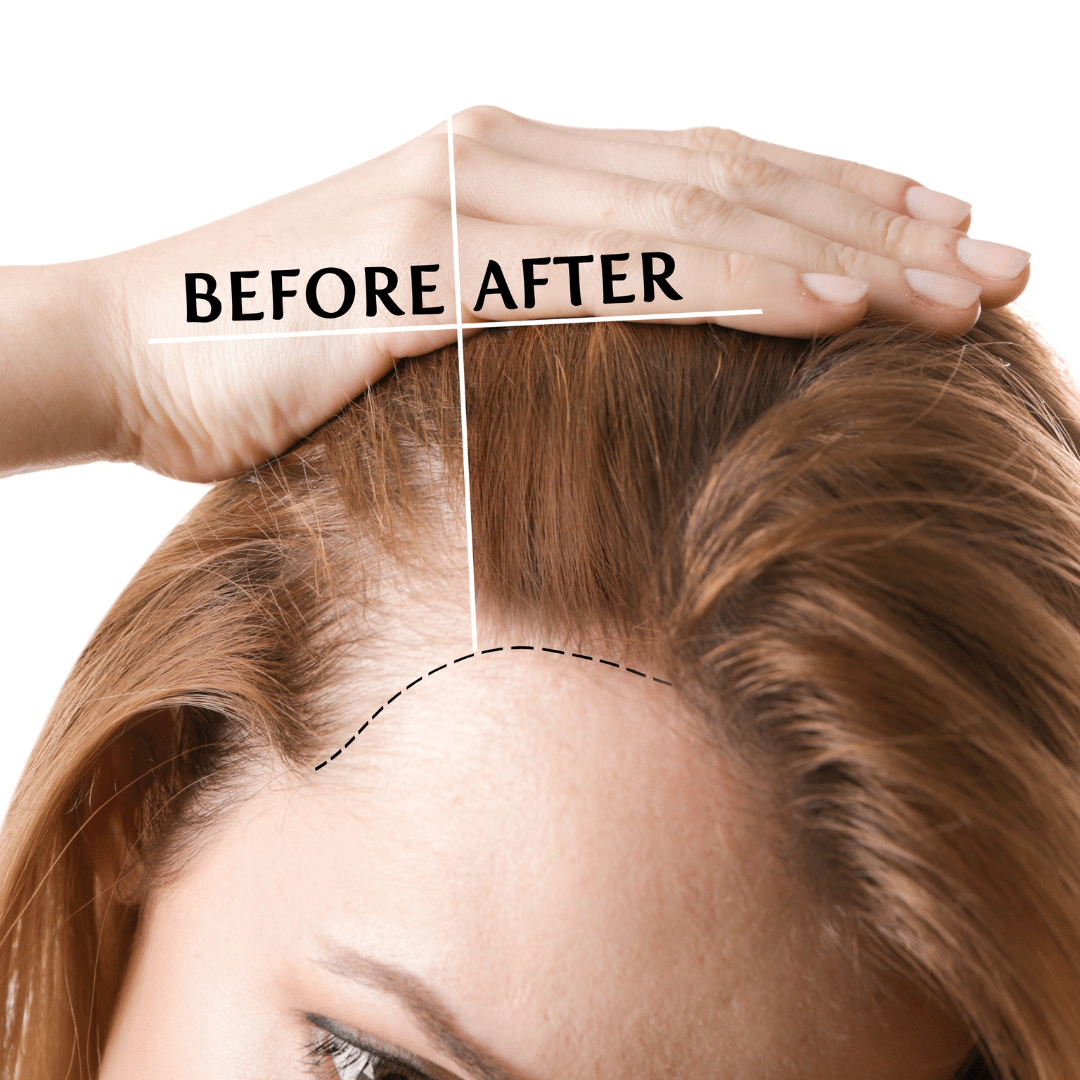
PRP Hair Treatment or FUE – Which Hair Loss Solution Should You Choose?
9 May 2022 by Omniya ClinicFUE hair transplants and Platelet-Rich Plasma Therapy are both recognised as effective hair-loss treatments. But they’re very different procedures – so which treatment is right for you? We’re going to take a closer look at each treatment to help you decide which one will be more effective in your battle with hair loss.
What Is FUE?
FUE stands for Follicular Unit Extraction. In an FUE hair transplant, hairs are taken from donor areas where the hair is thick, and transplanted to the recipient areas where the hair is thin. The hair follicles are removed in small, naturally occurring groups (or Follicular Units) using a tool called a micropunch, then inserted into tiny slits made by the surgeon.
Introduced in Japan in 1988 by Dr Masumi Inaba, FUE quickly became the most popular hair transplant technique. It’s widely considered to be less surgically invasive than the older technique, FUT (Follicular Unit Transplantation), which involves removing strips of skin with the hair still attached.
What Is PRP Injection?
Platelet Rich Plasma, referred to as PRP, is a non-surgical treatment that uses your own healing process to stimulate skin and follicle recovery.
Your blood is extracted and spun in a centrifuge, separating and condensing the platelets – the part of your blood responsible for healing and tissue repair – into a plasma solution. This is then injected back into areas of the body, such as the scalp, to rejuvenate hair follicles and promote regrowth.
FUE vs PRP – Which Do I Need?
There are a few factors that you’ll need to consider before choosing a treatment.
Age.
FUE transplants aren’t advisable if you’re still younger than 25 years old. It’s unlikely that your hair loss has stabilised before this age – so an FUE transplant could leave you feeling very dissatisfied if you continue to lose hair from other areas of the scalp after the procedure.
There are no age restrictions on PRP therapy.
Current level of hair loss.
PRP can only affect living hair follicles. It can’t make hair where there isn’t any. So beyond a certain point of hair loss, PRP won’t deliver a noticeable result.
FUE, however, introduces strong healthy follicles from elsewhere on the scalp, which will continue to grow as they would have in their original setting. Provided there’s enough viable donor hair, FUE can be used to reverse hair loss in areas which no longer have living follicles.
Procedure length and downtime.
PRP is a relatively short procedure, lasting around 45 minutes, but several appointments are usually scheduled over a period of six weeks. There’s very little need for downtime afterwards, and discomfort is minimal.
FUE is a surgical procedure lasting several hours, and may require the patient to take several days off to recuperate.
Success rate.
As you might expect from a surgical procedure (as opposed to a therapy treatment) FUE is generally considered to be the more effective of the two treatments for hair loss. However, it’s also a much more dramatic (and expensive) intervention, with permanent results. It’s essential that you choose your surgeon wisely, and avoid overseas transplants – if the results aren’t to your liking, you’ll face many additional difficulties seeking aftercare or repair work from an overseas hair transplant clinic.
